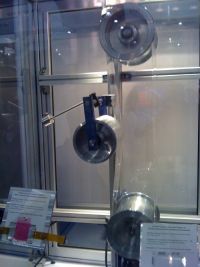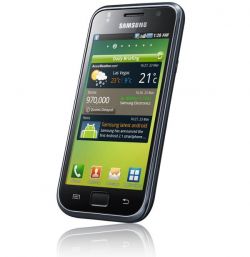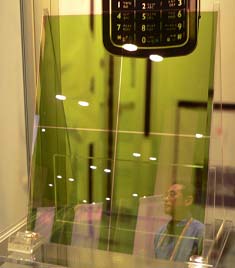Corning's new Lotus Glass is suitable for high-end OLED and LCD displays
Corning launched a new glass called Lotus Glass, which was developed for cutting-edge displays - such as OLEDs and next-gen LCDs (based on LTPS and Oxide-TFTs). Corning explains that the new glass has a high annealing point that delivers the thermal and dimensional stability required by these new high-performance displays. Lotus Glass has already been qualified and is now in production.
Lotus Glass's intrinsic stability means it can withstand the manufacturing thermal cycles better than conventional glass, and so enable tighter design rules needed in advanced backplanes (which are needed for high resolution and fast response time). It's good to see a new glass substrate from Corning, although we're still waiting for Corning's future flexible glass as shown in their "Day made of glass" video released a few months ago (which features future designs made with durable, transparent and even flexible glass displays):








